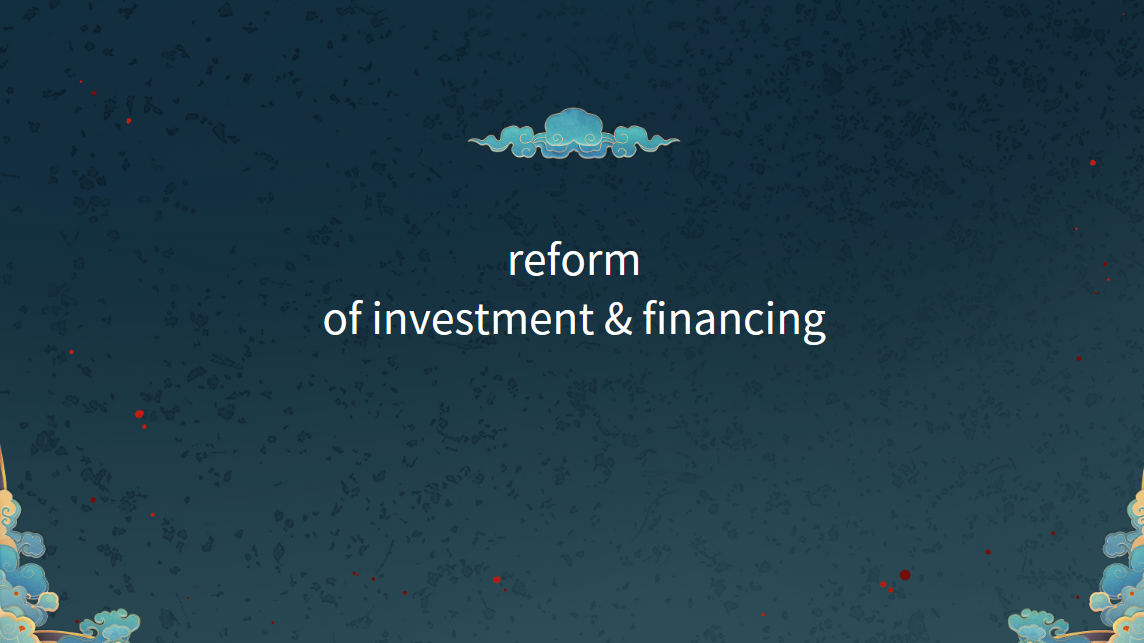RBI:Guidelines on Default Loss Guarantee (DLG) in Digital Lending
All Commercial Banks (including Small Finance Banks),
Primary (Urban) Co-operative Banks, State Co-operative Banks,
Central Co-operative Banks; and
Non-Banking Financial Companies (including Housing Finance Companies)
Madam/ Dear Sir,
Guidelines on Default Loss Guarantee (DLG) in Digital Lending
A reference is invited to Para (3.4.3.1) of Section C of Annex-II to the RBI Press Release “Recommendations of the Working group on Digital Lending – Implementation” dated August 10, 2022 in terms of which it was stated that the recommendation pertaining to First Loss Default Guarantee (FLDG) was under examination with the Reserve Bank.
2. Arrangements between Regulated Entities (REs) and Lending Service Providers (LSPs) or between two REs involving default loss guarantee (DLG), commonly known as FLDG, has since been examined by the Bank and it has been decided to permit such arrangements subject to the guidelines laid down in the Annex to this circular. DLG arrangements conforming to these guidelines shall not be treated as ‘synthetic securitisation’1 and/or shall also not attract the provisions of ‘loan participation’2.
3. The guidelines shall come into effect from the date of this Circular.
4. These directions are issued under sections 21, 35A and 56 of the Banking Regulation Act, 1949, sections 45JA, 45L and 45M of the Reserve Bank of India Act, 1934, section 30A of the National Housing Bank Act, 1987 and section 6 of the Factoring Regulation Act.
Yours faithfully,
(Manoranjan Mishra)
Chief General Manager
_______________________________________________________________________________
1 “a structure where credit risk of an underlying pool of exposures is transferred, in whole or in part, through the use of credit derivatives or credit guarantees that serve to hedge the credit risk of the portfolio which remains on the balance sheet of the lender”, as defined under Para 5(y) of the Reserve Bank of India (Securitisation of Standard Assets) Directions, 2021 dated September 24, 2021.
2 “a transaction through which the transferor transfers all or part of its economic interest in a loan exposure to transferee(s) without the actual transfer of the loan contract, and the transferee(s) fund the transferor to the extent of the economic interest transferred which may be equal to the principal, interest, fees and other payments, if any, under the transfer agreement”, as defined under Para 9(e) of the Reserve Bank of India (Transfer of Loan Exposures) Directions, 2021 dated September 24, 2021.
Guidelines on Default Loss Guarantee (DLG) in Digital Lending
1. Scope of Application: These guidelines are applicable to DLG arrangements entered in ‘Digital Lending1’ operations undertaken by following entities (hereinafter referred to as ‘Regulated Entities’):
1.1. All Commercial Banks (including Small Finance Banks),
1.2. Primary (Urban) Co-operative Banks, State Co-operative Banks, Central Co-operative Banks; and
1.3. Non-Banking Financial Companies (including Housing Finance Companies)
2. Definitions
2.1. Default Loss Guarantee (DLG): A contractual arrangement, called by whatever name, between the Regulated Entity (RE) and an entity meeting the criteria laid down at para 3 of these guidelines, under which the latter guarantees to compensate the RE, loss due to default up to a certain percentage of the loan portfolio2 of the RE, specified upfront. Any other implicit guarantee of similar nature linked to the performance of the loan portfolio of the RE and specified upfront, shall also be covered under the definition of DLG.
2.2. The terms used and not defined in these guidelines will have the same meaning as assigned to them in the Circular on ‘Guidelines on Digital Lending’ dated September 02, 2022.
3. Eligibility as DLG Provider – RE may enter into DLG arrangements only with a Lending Service Provider (LSP)3/ other RE with which it has entered into an outsourcing (LSP) arrangement. Further, the LSP providing DLG must be incorporated as a company under the Companies Act, 2013.
4. Structure of DLG Arrangements: DLG arrangements must be backed by an explicit legally enforceable contract between the RE and the DLG provider. Such contract, among other things, must contain the following details:
Extent of DLG cover
Form in which DLG cover is to be maintained with the RE
Timeline for DLG invocation
Disclosure requirements as under Para 11 of these guidelines
5. Forms of DLG: RE shall accept DLG only in one or more of the following forms:
Cash deposited with the RE
Fixed Deposits maintained with a Scheduled Commercial Bank with a lien marked in favour of the RE
Bank Guarantee in favour of the RE
6. Cap on DLG: RE shall ensure that total amount of DLG cover on any outstanding portfolio which is specified upfront shall not exceed five per cent of the amount of that loan portfolio. In case of implicit guarantee arrangements, the DLG Provider shall not bear performance risk of more than the equivalent amount of five per cent of the underlying loan portfolio.
7. Recognition of NPA: Recognition of individual loan assets in the portfolio as NPA and consequent provisioning shall be the responsibility of the RE as per the extant asset classification and provisioning norms irrespective of any DLG cover available at the portfolio level. The amount of DLG invoked shall not be set off against the underlying individual loans. Recovery by the RE, if any, from the loans on which DLG has been invoked and realised, can be shared with the DLG provider in terms of the contractual arrangement.
8. Treatment of DLG for regulatory capital: Capital computation, i.e., computation of exposure and application of Credit Risk Mitigation benefits on individual loan assets in the portfolio shall continue to be governed by the extant norms4.
9. Invocation of DLG: The RE shall invoke DLG within a maximum overdue period of 120 days, unless made good by the borrower before that.
10. Tenor of DLG: The period for which the DLG agreement will remain in force shall not be less than the longest tenor of the loan in the underlying loan portfolio.
11. Disclosure Requirements: The RE shall put in place a mechanism to ensure that LSPs with whom they have a DLG arrangement shall publish on their website the total number of portfolios and the respective amount of each portfolio on which DLG has been offered.
12. Due Diligence and other requirements with respect to DLG provider
12.1. REs shall put in place a Board approved policy before entering into any DLG arrangement. Such policy shall include, at the minimum, the eligibility criteria for DLG provider, nature and extent of DLG cover, process of monitoring and reviewing the DLG arrangement, and the details of the fees, if any, payable to the DLG provider.
12.2. It is reiterated that any DLG arrangement shall not act as a substitute for credit appraisal requirements and robust credit underwriting standards need to be put in place irrespective of DLG cover.
12.3. Every time an RE enters into or renews a DLG arrangement, it shall obtain adequate information to satisfy itself that the entity extending DLG would be able to honour it. Such information shall, at a minimum, include a declaration from the DLG provider, certified by the statutory auditor, on the aggregate DLG amount outstanding, the number of REs and the respective number of portfolios against which DLG has been provided. The declaration shall also contain past default rates on similar portfolios.
13. Customer protection measures and grievance redressal issues pertaining to DLG arrangements shall be guided by our instructions contained in ‘Guidelines on Digital Lending’ dated September 02, 2022, along with other applicable extant norms.
14. Exceptions
Guarantees covered under the following schemes/ entities shall not be covered within the definition of DLG:
14.1. Guarantee schemes of Credit Guarantee Fund Trust for Micro and Small Enterprises (CGTMSE), Credit Risk Guarantee Fund Trust for Low Income Housing (CRGFTLIH) and individual schemes under National Credit Guarantee Trustee Company Ltd (NCGTC).
14.2. Credit guarantee provided by Bank for International Settlements (BIS), International Monetary Fund (IMF) as well as Multilateral Development Banks as referred to in Paragraph 5.5 of RBI Master Circular on Basel III Capital Regulation dated May 12, 2023.
_______________________________________________________________________________
1 As defined under Para 2.3 of the Annex to the Circular on ‘Guidelines on Digital Lending’ dated September 02, 2022
2 DLG shall not involve any actual transfer of the underlying loan exposure from the books of the RE to the books of the DLG Provider.
3 As defined under Para 2.5 of the Annex to the Circular on ‘Guidelines on Digital Lending’ dated September 02, 2022
4 Para 7 of the ‘Master Circular on Basel III Capital Regulations’ dated May 12, 2023, Master Direction - Non-Banking Financial Company – Non-Systemically Important Non-Deposit taking Company (Reserve Bank) Directions, 2016 (as updated from time to time), Master Direction - Non-Banking Financial Company - Systemically Important Non-Deposit taking Company and Deposit taking Company (Reserve Bank) Directions, 2016 (as updated from time to time), Master Circular on ‘Prudential Norms on Capital Adequacy - Primary (Urban) Co-operative Banks (UCBs)’ dated April 20, 2023, Circular on ‘Operating Guidelines for Small Finance Banks’ dated October 06, 2016.






















































First, please LoginComment After ~